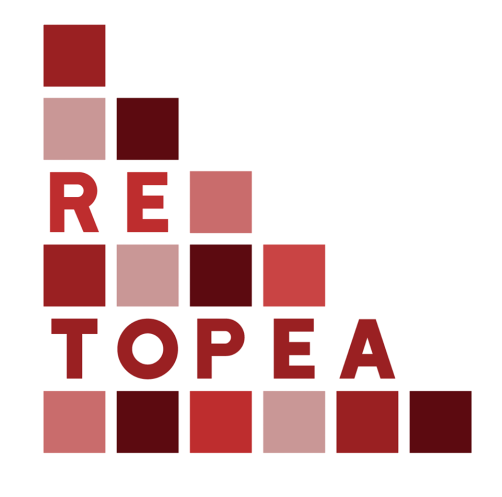Ohrid Framework Agreement: a Macedonian model of multiculturalism (#1)?
Macedonian society was not anticipating an armed conflict in 2001. The minority groups’ demands were expected to be met within the state institutions and without a violent escalation. Prior the conflict, the state’s Ottoman history was employed to illustrate the legacy of common-life. In 2000, an artistic project, ‘Komşi Kapicik’, was launched in Skopje, with a goal to examine the culture of multiconfessional tolerance in Macedonia. ‘Komşi Kapicik’ is a Turkish phrase for a small garden door which connects two neighboring estates. This door was present in the majority of households, no matter the families’ religious or ethnic origins.
The authors of the project were critical of the idea to impose a Western model of multiculturalism, without considering the local traditions and the history of common-life. Moreover, in the aftermath of the 2001 insurgence, a group of experts started developing the idea of a ‘Macedonian model of multiculturalism’. The idea was based on the legacy of multiconfessional common-life in Macedonia.
The Ohrid Framework Agreement is a settlement that ended a seven-month conflict in North Macedonia in 2001. It was signed by the North Macedonia’s government and representatives of the ethnic Albanian community in the country. Most, but not all, the ethnic Albanians in North Macedonia are Muslims. Ethnic Macedonians are predominantly Eastern Orthodox Christians. Besides religious differences, both groups speak a different language. Tensions between the two groups had built up in the years prior to 2001. In the first half of that year, this turned into open violence. The Ohrid Framework Agreement pacified this conflict. It arranged the disarmament of Albanian militias. It also provided linguistic and cultural rights to the minority groups.
For more information on this and other peace treaties, see
myTitle
Trajanovski a5 Ohrid Framework Agreement a Macedonian model of multiculturalism (#1).xlsx
Title
Ohrid Framework Agreement: a Macedonian model of multiculturalism (#1)?
content
Macedonian society was not anticipating an armed conflict in 2001. The minority groups’ demands were expected to be met within the state institutions and without a violent escalation. Prior the conflict, the state’s Ottoman history was employed to illustrate the legacy of common-life. In 2000, an artistic project, ‘Komşi Kapicik’, was launched in Skopje, with a goal to examine the culture of multiconfessional tolerance in Macedonia. ‘Komşi Kapicik’ is a Turkish phrase for a small garden door which connects two neighboring estates. This door was present in the majority of households, no matter the families’ religious or ethnic origins.
The authors of the project were critical of the idea to impose a Western model of multiculturalism, without considering the local traditions and the history of common-life. Moreover, in the aftermath of the 2001 insurgence, a group of experts started developing the idea of a ‘Macedonian model of multiculturalism’. The idea was based on the legacy of multiconfessional common-life in Macedonia.
The authors of the project were critical of the idea to impose a Western model of multiculturalism, without considering the local traditions and the history of common-life. Moreover, in the aftermath of the 2001 insurgence, a group of experts started developing the idea of a ‘Macedonian model of multiculturalism’. The idea was based on the legacy of multiconfessional common-life in Macedonia.
Description
Artistic project on the Macedonian multiconfessionalism.
Context
The Ohrid Framework Agreement is a settlement that ended a seven-month conflict in North Macedonia in 2001. It was signed by the North Macedonia’s government and representatives of the ethnic Albanian community in the country. Most, but not all, the ethnic Albanians in North Macedonia are Muslims. Ethnic Macedonians are predominantly Eastern Orthodox Christians. Besides religious differences, both groups speak a different language. Tensions between the two groups had built up in the years prior to 2001. In the first half of that year, this turned into open violence. The Ohrid Framework Agreement pacified this conflict. It arranged the disarmament of Albanian militias. It also provided linguistic and cultural rights to the minority groups.
Questions
Do you think that the local legacies, traditions and histories should be incorporated in the legal system? Can you recall any example from your immediate environment?
Temporal Coverage
21st century
Spatial Coverage
North Macedonia
map
42 / 21.433333
Relation
Subject
Is Referenced By
transcript of
Branislav Sarkanjac and Nebojša Viliḱ (eds), Komši-kapidžik: kultura i politika [Komşi-kapicik: culture and politics] (Skopje: 359 Mreža za lokalni i subaltern hermenevtiki, 2000).
Audience
Yes
Creator
Naum Trajanovski
